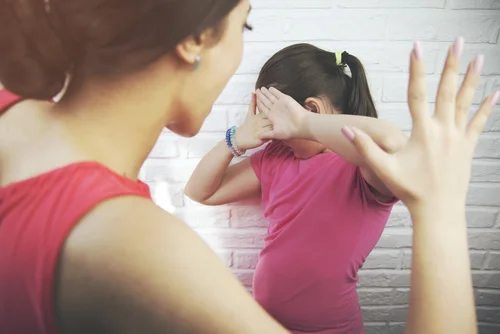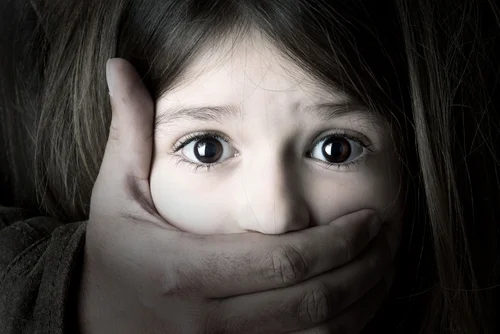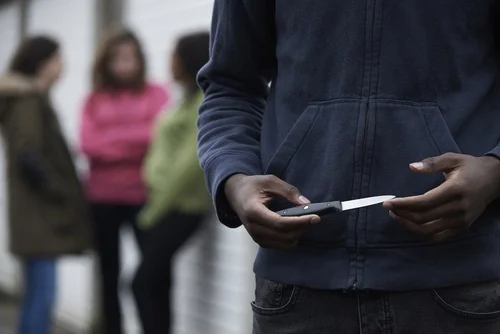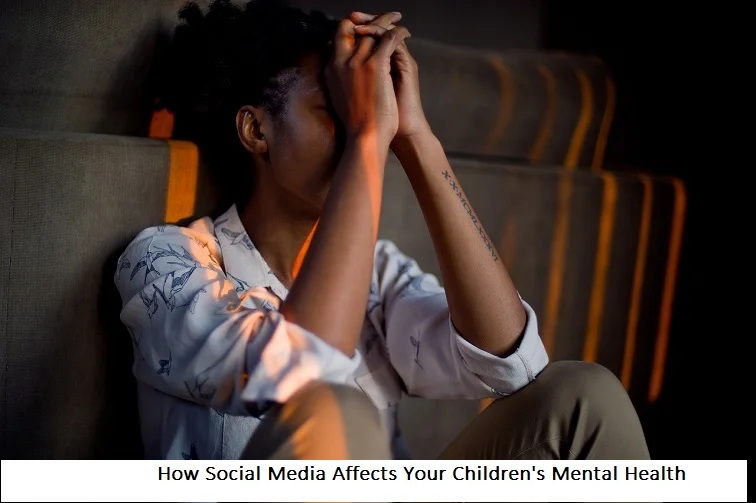+1 845 259 2974 (11 a.m to 7 p.m CST)
Suffering Continue for Child Bullying Victims even at 50, Study Finds

Bullying is a problem, and that too a big one. Fortunately, many parents and other stakeholders have already acknowledged it as an issue that they need to confront for the sake of their kids’ healthy development. While the true magnitude of the threat is something that is yet to be fully realized, a recent study on the matter has revealed some pretty alarming long term effects of bullying on the victim.
Study reveals long-term effects of bullying
Even after the bullying stops and the victims are no longer children, the negative effects of their traumatic experience on their physical and mental health can continue into middle age. This is what the researchers from King’s College London learned from a lengthy study, which involved tracking 7, 7771 individuals born in 1958 from the age of 7-11 until 50 and testing them for psychological distress, general health, cognitive problems and social relationships at different times. It was discovered that middle-aged individuals who had experienced bullying during their childhood were more likely to report psychological and physical illness.
The findings of the King’s College London study somewhat reinforced the research results of Warwick University, which had highlighted the long-term consequences of bullying for health, relationships and job prospects.
Other noteworthy observations
Aside from bringing the long-term effects of bullying to light, the researchers from King’s College London made a few other intriguing observations. Even after taking other things such as IQ, behavioral and emotional problems, and socio-economic factors into account, the implications of bullying remained unchanged. The senior author of the study Professor Louise Arseneault elaborated that from the time victims get bullied to the time they turn 50, they’re bound to have gone through various other experiences. These experiences may either shield them from the effects of bullying, or worsen them.
Dealing with the problem
While the anti-bullying programs help, the senior study author feels that early intervention, along with correctly identifying the factors that can reduce or escalate the effects is extremely important. Helping the victims early can keep them from developing symptoms that can stay there for years. Also, addressing the problem immediately after it’s noticed can keep it from growing and getting out of hand.
Dealing with the pandemic of bullying is easier said than done. The problem is not only quite big, but also pretty complicated. There is clearly no absolute solution to the problem, though there have been many suggestions, like the one from Martha Evans, acting national coordinator for the Anti-Bullying Alliance. She believes that parents, caregivers, teachers and students need to make a collaborative effort to create a society that has no tolerance for bullying. This solution does look promising, though implementing it will take quite a bit of commitment and effort from all stakeholders.
























